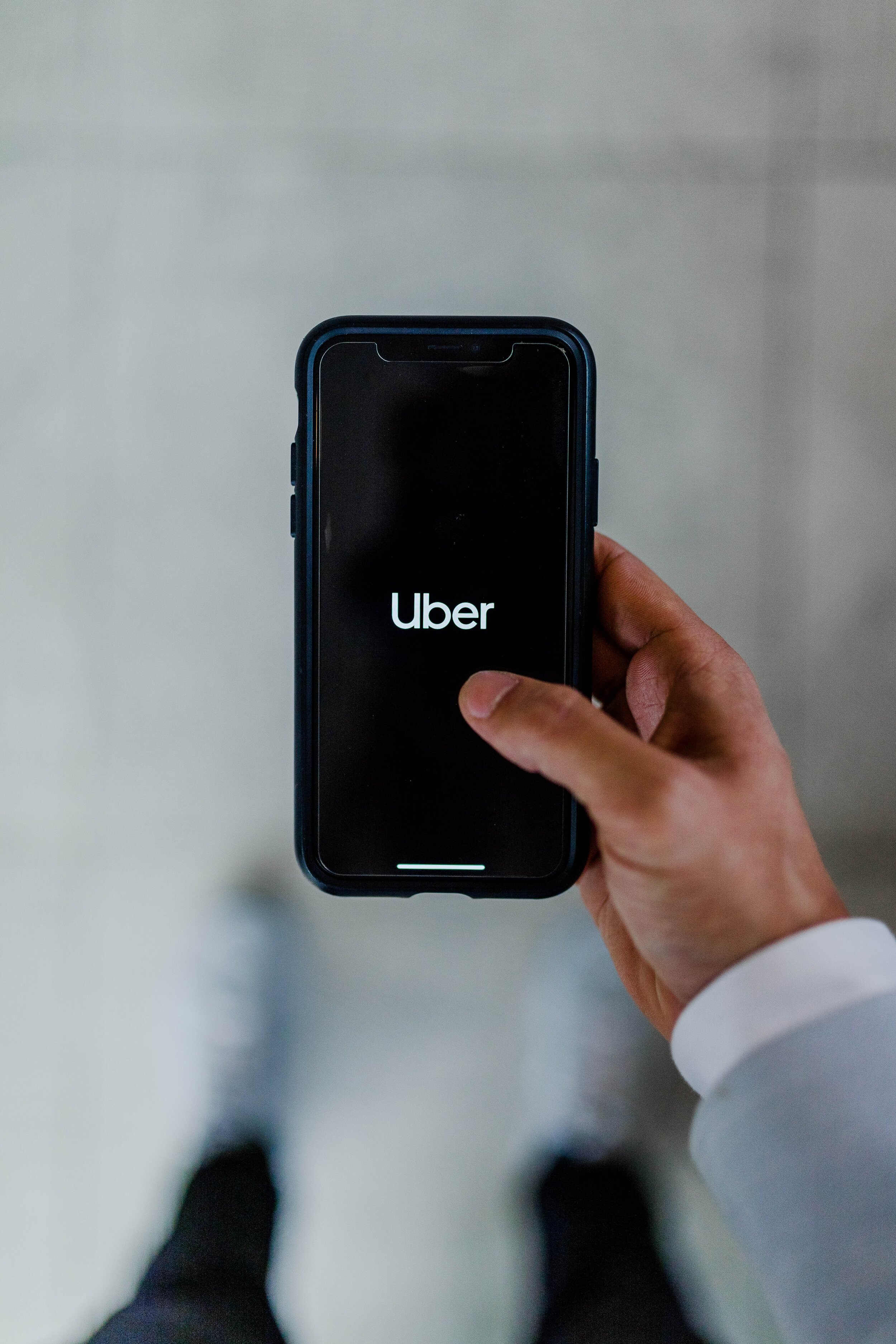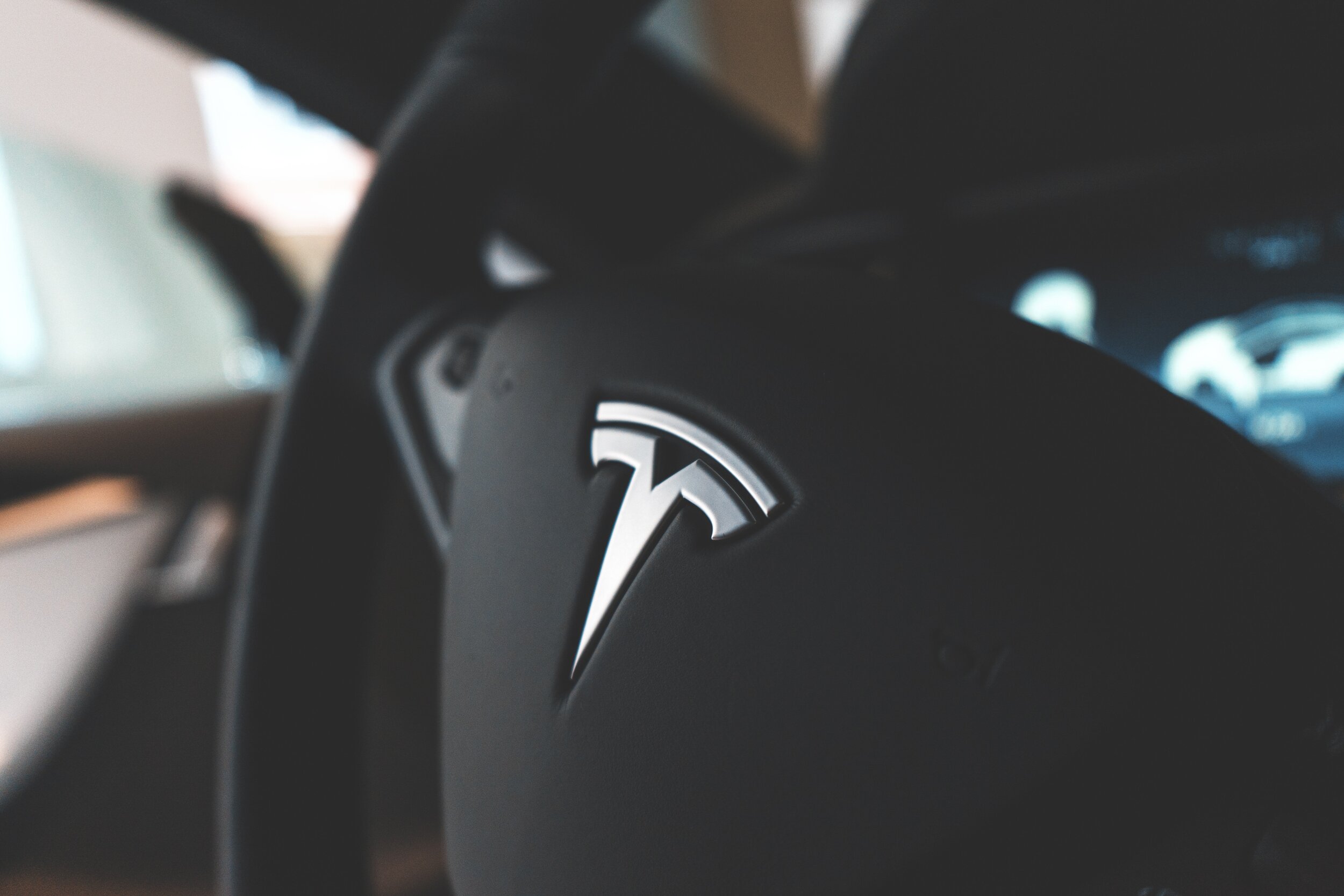Will Uber Go Bankrupt?
Tesla May be the Roadblock Uber Don’t Get Past!
‘Herbie’ went bananas, ‘Kit’ always saved the day, and ‘Christine’ gave us nightmares. Once the preserve of literary, small, and big-screen science fiction, today we are well on our way to driverless vehicles becoming a reality. Or are we?
Uber, a company so disruptive it has earned its own verb (Uberisation), flung themselves headfirst into the AV’s market in 2015. They started out by gutting Carnegie Mellon’s robotics lab, poaching 40 of their best and brightest to staff their own robotics-research facility. Since then Uber have been duking it out with a long list of hostile competitors and employees via a never-ending stream of lawsuits, all while continuing to push its vision of a fully autonomous fleet.
In the run-up to its IPO in May 2019, which let’s face it was an unmitigated disaster, we became privy to the fact that Uber lost around $1.8 billion in 2018. Which is better than the $2.8 billion it lost in 2016, and a marked improvement on the $3.2 billion it lost in 2017. We learned Uber’s self-driving car unit haemorrhages more than $20 million per month trying to perfect its self-driving technologies. Then there are the open vein payments Uber makes settling court cases. In the last year, Uber paid out $245 million and gave up 0.34% of its equity to settle its ‘Trade Secrets’ trial with Waymo. An even $10 million was divvied up settling a gender and race discrimination suit. $149 million was handed out when Uber was found guilty of covering up a massive data hack. Not to mention the $170 million Uber will be made to compensate some of its 60,000 drivers for employment misclassification, and so it goes on.
Surely Uber can rest easy, after all, they’re worth over $50 billion on paper. Well, this may or may not come as a surprise, but to date, Uber has never turned a profit. Furthermore, the 300-page prospectus Uber published for its would-be investors when it filed to go public revealed they never expect to. Uber said, “We expect our operating expenses to increase significantly in the foreseeable future, and we may not achieve profitability”. That statement became something of a self-fulfilling prophecy when just 3 months after its IPO Uber recorded a staggering $5.2 billion loss in one quarter! One of the largest losses a US company has suffered since BP kissed goodbye to a cool $6.8 billion in 2015 as a result of the ‘Deep Water Horizon’ spill. All is not lost, Uber's fortunes may change when its fully autonomous fleet hits the streets, wipes out 10 million jobs, and reshapes the economy in 2020. Which is what the infamous Travis Kalanick, the then CEO of Uber pledged to do in 2015. Today Uber’s pledges and timelines have changed somewhat, and they are not alone. Turns out Uber, Waymo, Lyft and most other AV’s manufacturers have been telling Porkies.
It looks as though the utopian fancy Uber and its competitors had of driverless cars zipping through our streets by 2020 will not come to fruition any time soon. The promises made by Travis Kalanick were recently described by Eric Meyhofer, head of Uber’s Advanced Technologies Group, as nothing but “hypothetical scenarios”. He added, “They were assumptions and estimates. I don’t think any claims Travis Kalanick made could be described as accurate”. It is not just Uber becoming increasingly pessimistic about Av’s. Gill Pratt, a leading expert in robotics and director of the Toyota Research Institute said, “None of us has any idea when full self-driving will happen. I need to make it perfectly clear, full autonomy is a wonderful, wonderful goal, but none of us in the automobile or IT industries are near to achieving true Level 5 autonomy. We are not even close”.
Waymo, the cousin company of Google, has long been acknowledged as the leader in autonomous vehicle technology. They have been developing driverless tech for more than a decade and were thought best placed to deliver truly hands-off driving in the future. However, they too are back peddling on timeline. Earlier this year Waymo CEO, John Krafcik said, “The self-driving car that can drive in any condition, on any road, without ever needing a human to take control, will never exist”.
Enter Elon Musk! The tech savant took time out to travel back from his future dimension and rubbish all the (We Overpromised on Level 5 Tech) cynicism. After striking Uber on both cheeks with his glove, Musk announced Tesla’s plans to roll out 1 million of what he described as Robo-Taxis by April 2020. In a nutshell, Musk’s Robo-Taxi service will allow Tesla users who wish to rent out their cars to do so by plugging into the Tesla network via its ride-sharing app. Those in need of a lift will be able to summon a Robo-Taxi via that same app. Meaning while Tesla owners are at work, playing golf, or lounging around in PJ’s at home their vehicles could be earning them a passive income of an estimated $30,000. The inflection point here is Musk’s promise his Robo-Taxi service will be the first to be fully autonomous. No safety driver, no LIDAR, no fear!
At a time when other big players in the autonomous vehicle market are scrambling to take it all back, what made Elon Musk so confident he chose to announce a 1 million-strong Robo-Fleet? It could be any number of things. Firstly, the Tesla Network is, in essence, a ride-hailing platform, and that is what Robo-Taxis will operate on. This means any Tesla vehicle with autonomous driving functionality can become a Robo-Taxi. Second, Tesla sales represent just over 20% of all-electric cars sold around the world. The data gathered from every one of the vehicles in that 20% is a goldmine, one that is used to continually update and advance Tesla’s autonomous software. Third, and most compellingly is Tesla’s first custom in-house Full-Self-Driving (FSD) chip. Which according to ARK analyst James Wang, puts TSLA 4 to 5 years ahead of the competition. Additionally, the (FSD) chip is backwards-compatible, which means if and when Tesla enters the autonomous ridesharing market, they could have millions of cars capable of full autonomy.
Shortly after Musk’s Robo-Taxi announcement, Uber CEO, Dara Khosrowshahi said, “Uber will be taking a slower approach to self-driving vehicles than Tesla. Our implementation of self-driving taxis for all is quite a few years beyond the timetable Musk has laid out for Tesla. I agree with Elon, the future of mobility is electric and autonomous, but driverless Robo-Taxis are quite a few years beyond 2020! If he can do it more power to him”. Dara Khosrowshahi’s scepticism is understandable. After all, when MIT research scientists tell you level 5 tech is closer than it’s ever been, but at least a decade away from being a commercially viable product, you ought to take note.
Since making his announcement, competitors, engineers, and scientists have openly mocked Musk and his Robo-Taxi timeline. Who can blame them, looking over Musk’s history it’s easy to see why. Cast your mind back to 1999, when Musk founded X.com, the world’s first online bank, fool! Musk was also interested in developing a system that allowed users to make payments via the web, laughable. The whole thing blew up in his face when X.com became PayPal, a service no one has ever heard of let alone used. In 2002, Musk again went rogue. He told the world he would one day develop reusable rockets he could land on a barge! SpaceX is what he called it. As far back as 1997, Musk was showing signs of madness. Something about allowing computers to make web-based calls to landlines, an idea he actually patented. What was he thinking? Maybe his detractors are correct, but this is Elon Musk we’re talking about. The man’s a genius, and if his custom in-house (FSD) chip does all he says it can Tesla will be first to market with a fully autonomous fleet. Waymo, Lyft, Zoox et.al will be rendered obsolete, and Tesla will waste no time eating what’s left of Uber's lunch!
Written by George Carter


